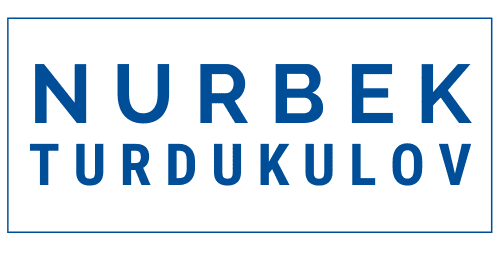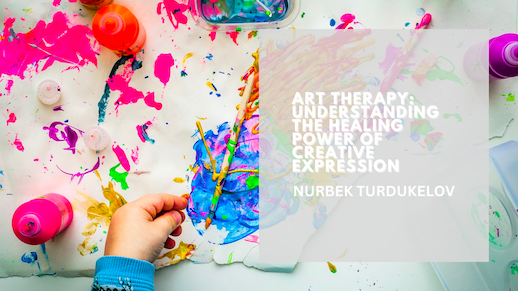Art therapy is a form of therapy that utilizes creative expression as a means of promoting emotional and psychological healing. This therapy involves the use of various art forms, such as painting, drawing, and sculpture, to facilitate self-expression, self-discovery, and personal growth. Art therapy has been used to help individuals who struggle with a range of mental health issues, including anxiety, depression, trauma, and addiction.
Art therapy is based on the belief that the creative process of making art can help individuals communicate their feelings and emotions more effectively than words alone. Through art therapy, individuals can explore their thoughts, emotions, and experiences in a safe and supportive environment, which can lead to greater self-awareness, insight, and healing.
The healing power of art therapy is rooted in the fact that art-making can be a nonverbal and non-threatening way to communicate and process difficult emotions. Art therapy sessions are typically led by a trained art therapist who creates a safe and supportive environment for individuals to engage in the creative process. The therapist may encourage individuals to explore a particular theme or emotion through art, or allow individuals to create whatever they feel inspired to create.
Art therapy has been shown to be effective in helping individuals with a range of mental health issues. Studies have shown that art therapy can improve mood, reduce anxiety, and increase self-esteem. It has also been shown to be effective in helping individuals with post-traumatic stress disorder (PTSD) and addiction.
One of the key benefits of art therapy is that it can be tailored to the individual needs of each person. For example, if an individual is struggling with anxiety, the art therapist may encourage them to create art that represents their fears or worries. Alternatively, if an individual is dealing with grief, the art therapist may encourage them to create art that represents their emotions or memories of the person they lost.
In addition to promoting emotional and psychological healing, art therapy can also be a fun and enjoyable activity. For many individuals, creating art can be a stress-relieving and calming activity that can help them feel more relaxed and focused.
In conclusion, art therapy is a powerful form of therapy that can promote emotional and psychological healing through creative expression. By engaging in the creative process, individuals can communicate their emotions and experiences in a safe and supportive environment, which can lead to greater self-awareness, insight, and healing. Whether you are struggling with anxiety, depression, trauma, or addiction, art therapy can be an effective way to promote personal growth and well-being.

